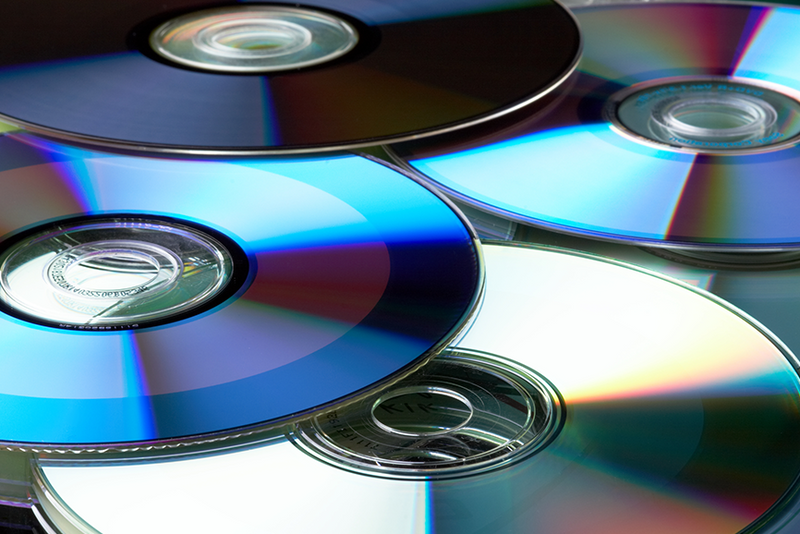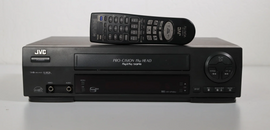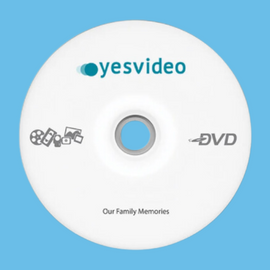
A Digital Video Disc (DVD) is a high-density optical disc format for storing and playing back digital video, audio, and other types of data. DVDs were first introduced in 1995 and quickly became the dominant format for home video entertainment. In this blog post, we will explore the history, technical specifications, and uses of the DVD format.
History of DVDs
The development of the DVD format was a collaboration between several leading technology companies, including Sony, Philips, Toshiba, and Pioneer. The goal was to create a disc format that could store high-quality video and audio content, as well as other types of data, in a compact and durable format.
DVDs were first introduced to the market in 1995, and the format quickly gained popularity as a replacement for the VHS tape format. DVDs offered higher quality video and audio, as well as other features such as scene selection, subtitles, and multiple language tracks. DVDs also allowed for additional content to be included, such as director's commentary and behind-the-scenes features.
The Technical Specifications of DVDs
DVDs use a disc format that is similar in size and appearance to a standard CD, with a diameter of 120mm and a thickness of 1.2mm. DVDs use a single spiral track of data that starts at the center of the disc and spirals outwards to the edge of the disc.
The data is stored on the disc using a series of pits and lands that are read by a laser beam. DVDs use a red laser with a wavelength of 650nm, which is different from the 780nm laser used in CDs. This allows DVDs to store data more densely than CDs, with a maximum capacity of 4.7GB for single-layer discs and 8.5GB for dual-layer discs.
DVDs use a video codec called MPEG-2, which allows for high-quality video at a resolution of 720x480 pixels for NTSC video and 720x576 pixels for PAL video. DVDs also allow for multiple audio tracks, subtitles, and other types of data to be included on the disc.
Uses of DVDs
DVDs were primarily used for home video entertainment, allowing consumers to watch movies and TV shows with higher quality video and audio than VHS tapes. DVDs also allowed for additional features to be included, such as multiple language tracks, subtitles, and bonus features like behind-the-scenes footage and director's commentary.
In addition to home video entertainment, DVDs were also used for other applications, such as computer software, video games, and storing digital files. DVDs were also used for making home movies, or converting older home video films & tapes onto this more convenient format. However, the DVDs can easily scratch and crack, thereby abandoning the content on this plastic disc.
As technology has advanced, DVDs have been largely replaced by digital streaming and download services, which offer greater durability, convenience, and accessibility. However, DVDs played an important part of the history of video and data storage technology.
DVDs Today
DVDs were a significant development in the history of home video entertainment, offering higher quality video and additional features compared to previous formats like VHS tapes. However, DVDs have been replaced by more durable and convenient methods of enjoying video. Today, smart consumers are transferring their digital files to cloud storage and converting their home movies from DVD to a more portable format like the MP4.

